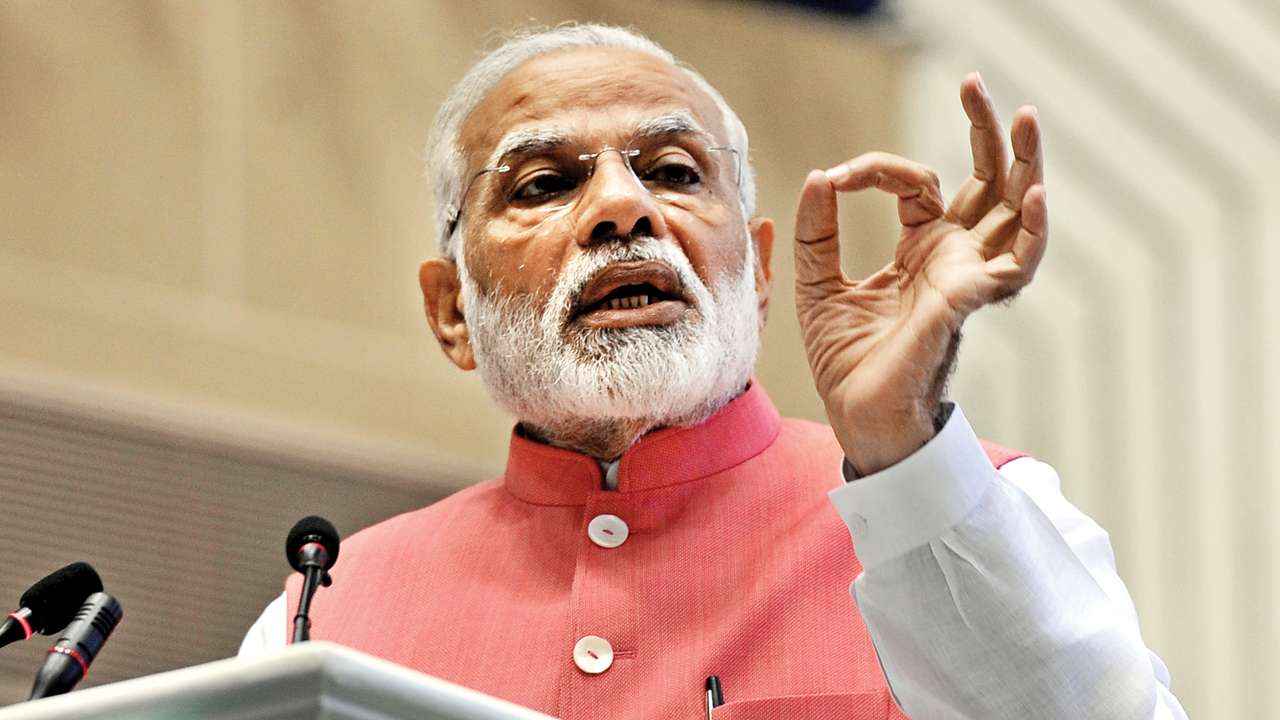 By Mao Keji (Global Times), 4 August 2018) – Riding high on rapid economic growth and the BJP’s various state election victories across the country, Narendra Modi has perhaps come to be one of the most influential statesmen in the history of modern India. However, controversies fail to leave him. Even four years after his premiership, questions like “Is Modi good for India?” still preoccupy Indian society, igniting round after round of heated debates among “the argumentative Indians” – a phrase Indian Nobel Laureate Amartya Sen uses to portray fellow citizens.
By Mao Keji (Global Times), 4 August 2018) – Riding high on rapid economic growth and the BJP’s various state election victories across the country, Narendra Modi has perhaps come to be one of the most influential statesmen in the history of modern India. However, controversies fail to leave him. Even four years after his premiership, questions like “Is Modi good for India?” still preoccupy Indian society, igniting round after round of heated debates among “the argumentative Indians” – a phrase Indian Nobel Laureate Amartya Sen uses to portray fellow citizens.
With India’s next general election lined up in less than a year in April or May 2019, how Indians perceive and debate about Modi and his polices may provide valuable insights into the future trajectory of the country.
Political, cultural, religious, and social issues have all been major sources of the controversies around Modi, especially given his reputation of promoting a hardline Hindutva agenda and his majoritarian stance on sensitive issues. However, none of these are as important to Indians as the economic issue.
The extraordinary importance Indian people have attached to economic issues is tellingly demonstrated on online debating sites such as kialo.com. Economic subjects not only trigger the most polarized and dramatic debates, but also attract the largest number of followers and comments.
After all, in contrast to high-sounding slogans and endless dogfights among rival politicians, it is economic policies that lead to objective results. Amid deep controversies over Modi’s social and political agenda, at the end of the day it is the economic growth that delivers tangible fruits.
Probably this is why economic policies remain the most debated genre when it comes to the controversies around Modi. However, if economic statistics do provide relatively objective performance indicators, why have these controversies persisted? The answer is simple: the benefits Modi’s economic policies bring about are not evenly distributed.
Few people doubt the long-term benefits of initiatives like GST reform and demonetization as these measures make the economy more efficient and streamlined. But, “economic black-outs” caused by reforms and resulting social turmoil triggered waves of opposition, if not outrage, against Modi.
While the damage takes place immediately, benefits are promised to accrue over time. This creates distrust and skepticism. Luckily, with GST reform and demonetization implemented more than one year ago, some benefits are coming to light. Thanks to reforms, according to a recent IMF report, the Indian economy is expected to pick up at a rosy rate of 7.4 percent in 2018 and 7.8 percent in 2019.
Compared to “the intertemporally uneven distribution,” what’s thornier to cope with is the social-economically uneven distribution among different groups. Reforms on labor regulation, land acquisition and environmental protection may help India streamline its factor endowment utilization, allowing it to fully use its comparative advantages in, for instance, labor intensive industries. To some extent, they are key to Modi’s “Make in India” initiative as well as the country’s journey toward industrialization.
While the generated benefits are shared with the whole society, certain groups – for instance, land owners, organized sector employees and tribal people – bear the brunt. This pattern of distribution is bound to bring about opposition laced with resentment.
In order to put India on the fast track to development, Modi needs to deepen reforms. In fact, the charismatic leader Modi was very lucky that when he came to power in 2014, international commodity prices hit the bottom and global liquidity was more than abundant. Such a favorable external environment gave a fillip to the Indian economy – inflation, fiscal deficit and trade deficit were all under control.
However, even with so many favorable conditions, Modi found that reforms on labor regulation and land acquisition were extremely hard to advance. What block such reforms are not only the groups that bear the brunt, but also the time-honored political-economic norms of the country.
Should labor, land property and environment be protected? Of course, they should. If there is nothing wrong with them, then why should they be reformed? After all, it is impossible to solve problems when they are not even regarded as problems. What Modi’s reforms actually challenge is the vested interests shielded by established values and norms. This may well be another important reason for Modi’s policy to become controversial.
Counterintuitively, demonetization and the new GST regime were actually relatively easy parts of the economic reforms, because they neither challenge established economic-political values and rhetoric, nor involve social groups with well-defined interests. As these low-hanging fruits have been picked, what awaits Modi are actually harder and more controversial, albeit vital reforms.
Now, Modi has made significant inroads into the cause of reform. Major progress in industrialization and digitalization has been made through various initiatives like “Make in India” and “Digital India.”
However, history of modern India suggests that reforms are the exception rather than the rule: New Delhi has been inconsistent in following through with reforms, with one administration reversing the policies of its predecessors, especially when they were buffeted by severe political headwinds.
The odds are that real reforms are bound to be controversial, before their benefits are fully realized. Let’s hope Indians are patient enough, while Indian decision-makers are capable and smart enough, so that the country can navigate the uncharted waters of its economic take-off.
The author is an associate researcher at the International Cooperation Center of the National Development and Reform Commission. [email protected]

